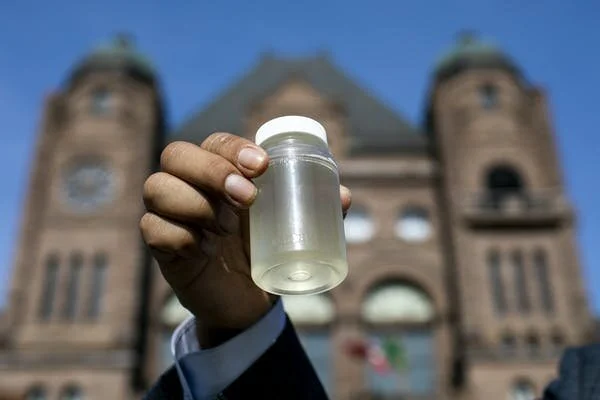The global water dispenser market is expected to reach a value of $1,461.87 million by 2028 from $900.16 million in 2022, growing at a CAGR of 8.42%. Investing in advanced filtration technologies can enable vendors to gain a competitive edge in the market, especially in the case of efficient reverse osmosis and UV technologies. The momentum for bottle-less or POU water dispensers is witnessing traction owing to their environmental and economic advantages over bottled dispensers. Corporate offices are implementing green policies in their day-to-day operations, where installing a POU system can be an ideal option to avoid plastic water jugs.
Human pathogens are stowaways on floating plastic
The scientists analyzed the biofilm: the plastics were covered in bacteria, including some known to make us sick. They found pathogenic bacteria responsible for causing urinary tract, skin, and stomach infections, pneumonia, and other illnesses. To make matters worse, these bacteria were also carrying a wide range of genes for antimicrobial resistance. “Plastics that you find in the water are rapidly colonized by bacteria, including pathogens,” says Vos. “And it doesn’t really matter what plastic it is.”
Viruses are not always the bad guy
Every couple of weeks, postdoctoral researcher Yosuke Yamada grabs a bucket and makes the short drive from his lab at Okinawa Institute of Science and Technology to one of the nearby ports on the southerly Japanese island of the same name. He passes Okinawa’s iconic beaches, where snorkelers visit clownfish and coral reefs, and continues to the fishing wharfs. After Yamada scoops a bucketful of water from between the boats, he heads back to his lab to study components of the island’s ecosystem that are so small they must be observed using a microscope: bacteria, viruses, algae, and fungi — the ocean’s microbes.
Water crisis in First Nations communities runs deeper than long-term drinking water advisories
In October, more than 250 members of the Neskantaga First Nation were evacuated to Thunder Bay after an oily sheen was found on their reservoir. The discovery left the community, located in northern Ontario, without access to running water. The evacuation drew attention to the federal government’s 2015 commitment to end all on reserve long-term drinking water advisories (in place for more than one year) by March 31, 2021. Neskantaga has been living under a boil-water advisory for 26 years.
Oneida Nation of the Thames tap water different than neighbouring non-Indigenous communities
ONEIDA NATION OF THE THAMES — Jennifer George’s home sits on a gravel road that separates this Indigenous community near London, Ont., from the neighbouring township of Southwold. On George’s side of the road, virtually no one trusts the drinking water that flows from the Thames River to their homes. Many have the same 18-litre blue jugs that line the floor of George’s kitchen, ubiquitous sources of water for drinking and cooking.
Untreated sewage pollutes water across the country
Nearly 120 million cubic metres of untreated sewage and runoff entered Canadian waterways in 2016, StarMetro has learned.
That’s roughly the same amount of water that roars over the edge of Niagara Falls over the course of 12 hours — except it’s not whitewater spewing from these pipes. It’s murky, brown and a little bit chunky.







